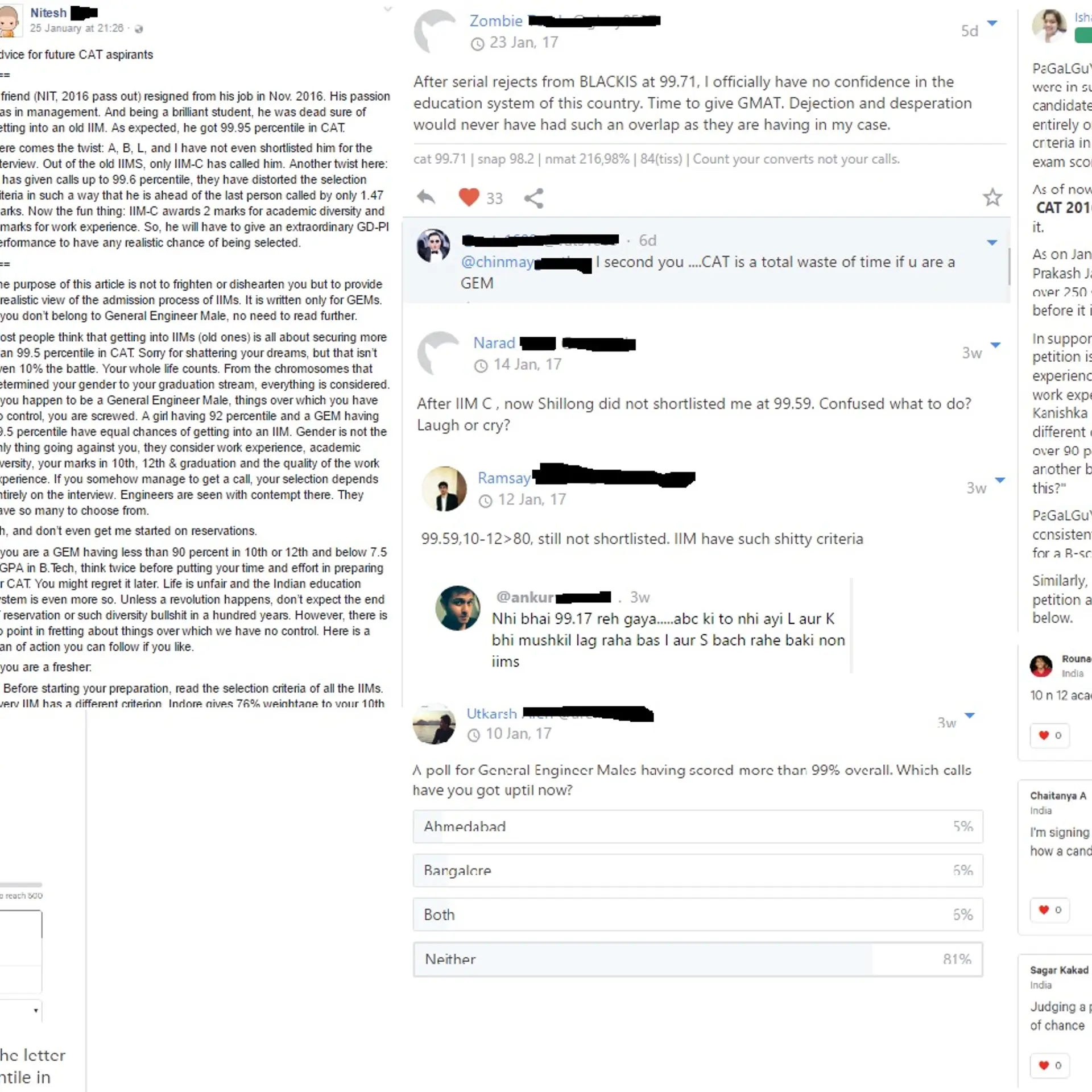

How do I plan a mystery shopping activity?
What happens when…?
People, who come from chemistry background, know this abovementioned expression very well. However, here in this blog no chemical reaction is going to be discussed. So, you don’t need to scratch your heads. Jokes apart, a good understanding of ‘what happens when’ can actually help you save your business and fetch desirable results.
The agenda of this blog is how to plan a mystery shopping activity? In order to make a foolproof and actionable plan, first of all you need to know this ‘what happens when’ a customer arrives at your store or gives you a call. If you aren’t aware of the answer(s), it’s high time you should take your business seriously.
First impression is the last impression, after all!
Dear reader, the experience a customer encounters at your retail outlet or while he or she calls your company decides whether or not he or she will come again. Mystery shopping – a gateway to good ROI
Businesses spend millions of dollars on different advertisement platforms to turn the heads of their targeted customers. However, all these investments make no sense if customers’ experience is poor or ‘not up-to-the-mark’. In this context, mystery shopping is the one and only means of determining several major aspects of your business. Take a look –
• What happens when your customers get into your store and come face to face with your store associates?
• Any missed opportunity(s) that’s important for enhancing customer experience.
By enabling you to quantity the above mentioned aspects, mystery shopping helps you to improve the level of customer satisfaction, performance of your staff members and your ROI.
Now, let’s move on to how to plan a mystery shopping programs… Read on!
Hiring a reliable partner makes the difference
Once you are ready to launch a mystery shopping program, you need to decide on a mystery shopping service provider in the first place. It is highly recommended to go for a MSPA (Mystery Shopping Providers Organization) registered company like HS Brands.
A mystery shopping audit can be categorized into 5 main phases. Let’s take a look at those phases and their respective components -
1. Developing a plan – This phase includes –
Chalking down the research objectives and deciding on the frequency of the audits
Setting standard benchmarks that needs to be assessed
Reporting the needs
Applying ‘importance weightings’ to the issues that need attention
Devising truthful customer set-ups
Finalizing the design of the audit form
2. Communicating the plan – The second phase comprises –
Communicating your research objectives and other relevant issues with your frontline associates.
Advocating and highlighting the goals of your mystery shopping agenda as an important and effective training tool.
Leveraging the benefits of mystery shopping to shift your staff’s focus to offer seamless customer service and improve brand excellence.
3. Inferences - With a leading mystery shopping service provider like HS Brands, this phase is all about –
Performing comprehensive fieldwork
Addressing the unique needs of a client and reporting
Briefing a client about the findings of the programs, trends seen, conclusion and recommendations for improvement.
4. Actions to be taken – It includes the following –
Informing the store associates and other staff members about the findings of the mystery shopping audits.
Working with you for developing effective action plans
Implementing different strategies (with your consent) for achieving the desirable sales and serving targets
Offering impeccable and consistent services for getting profitability at its best
5. Reassessment
Conducting more mystery shopping programs for tracking down the changes
Reevaluating the audits for assessing the effectiveness of the action taken for enhancing customer experience
Hitting the bull’s eye
The objectives of your mystery shopping program should be –
• Delighting all your customers
• Making your store associates understand their respective duties
• Improving your overall customer experience
If you are able to meet your objectives well, you will be able to get ROO (Return on Objectives) in the form of brand advocacy, brand integrity, referrals and increased return visits. And, needless to mention, good ROO connotes good ROI (Return on Investment), the bull’s eye of your business.
For more details visit www.hsbrands.com

Planning for Mystery Shopping activity







